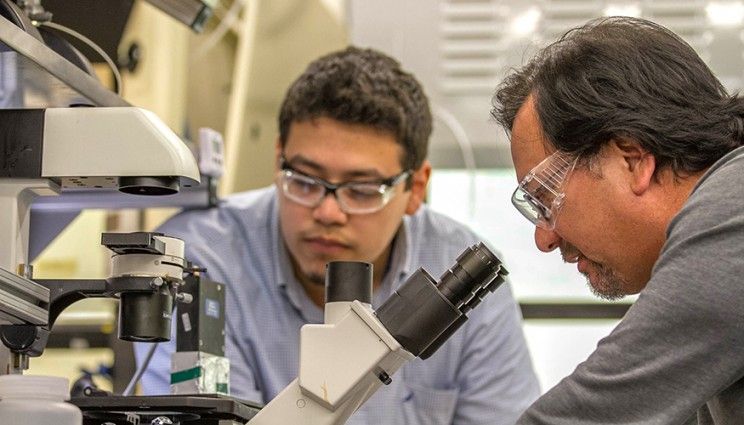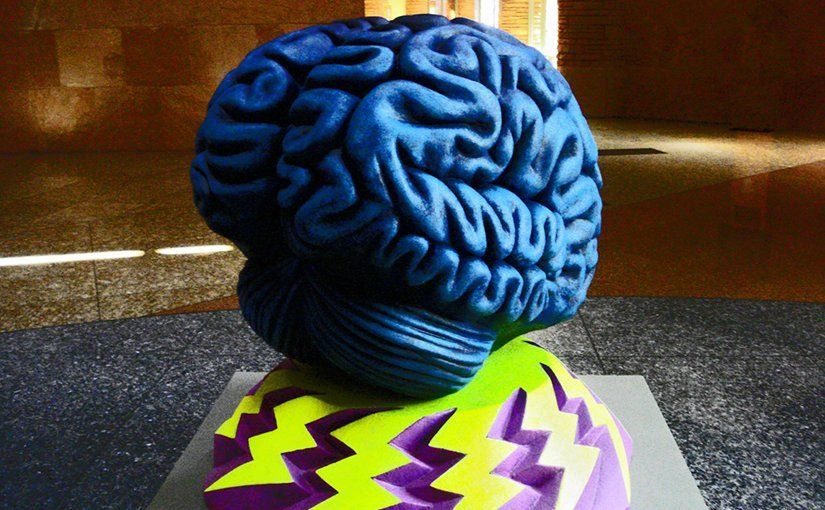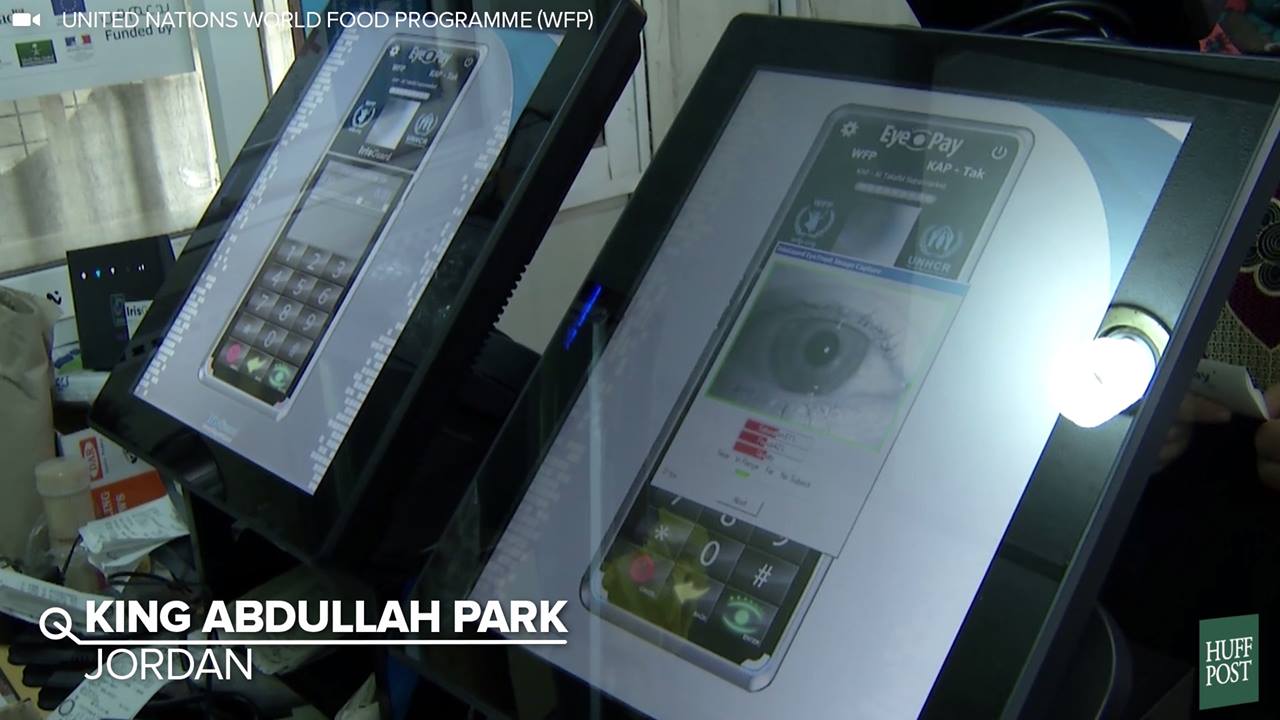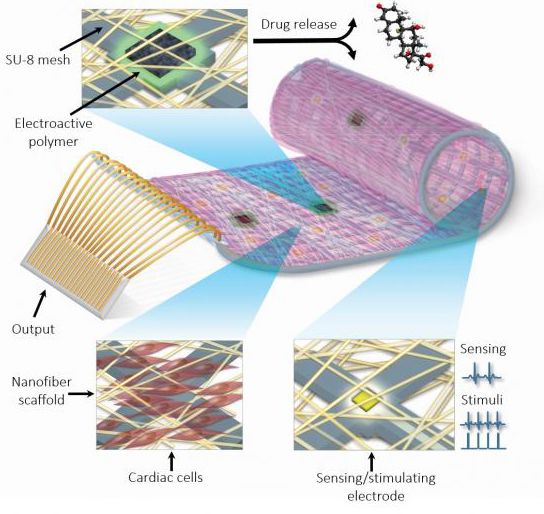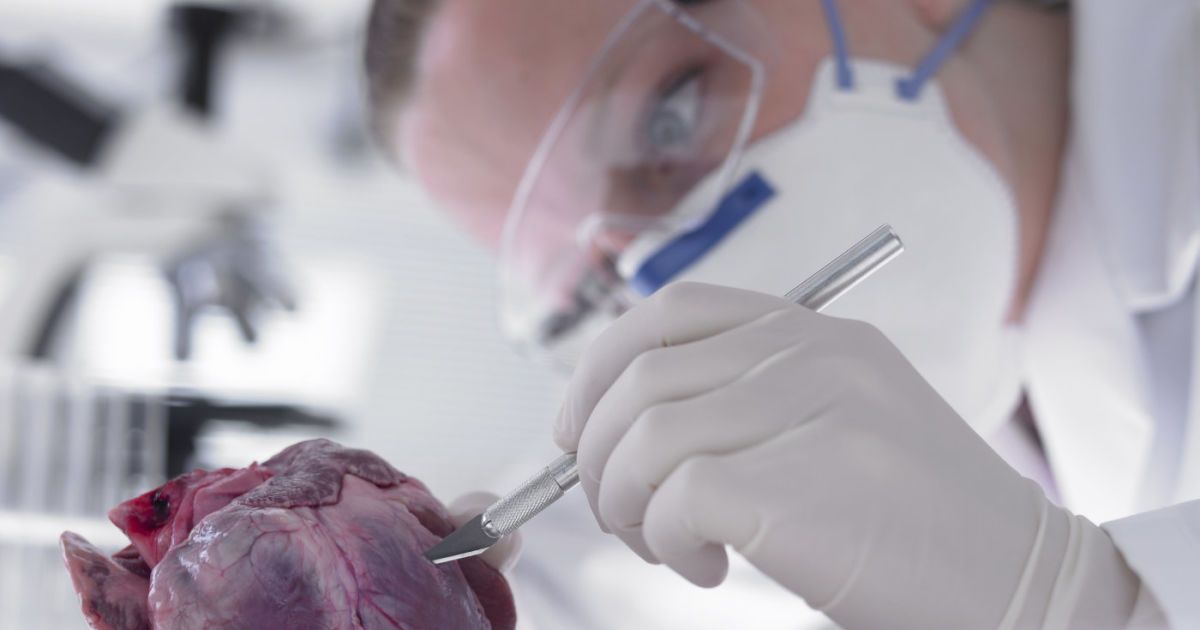Archive for the ‘electronics’ category: Page 84
Mar 24, 2016
DNA Devices Perform Bio-Analytical Chemistry Inside Live Cells
Posted by Karen Hurst in categories: biotech/medical, chemistry, electronics, nanotechnology
Last summer, the team reported another achievement: the development of a DNA nanosensor that can measure the physiological concentration of chloride with a high degree of accuracy.
“Yamuna Krishnan is one of the leading practitioners of biologically oriented DNA nanotechnology,” said Nadrian Seeman, the father of the field and the Margaret and Herman Sokol Professor of Chemistry at New York University. “These types of intracellular sensors are unique to my knowledge, and represent a major advance for the field of DNA nanotechnology.”
Chloride sensor
Continue reading “DNA Devices Perform Bio-Analytical Chemistry Inside Live Cells” »
Mar 23, 2016
New 3D printer unlocks ‘mind-blowing’ possibilities with electronics manufacturing
Posted by Shailesh Prasad in categories: 3D printing, electronics
Lawrence Livermore electronics technologists Dale Kurita, at microscope, and Julian Larregui examine manufacturing circuits for 3D printing. Photo by Julie Russell/LLNL (Download Image)
Mar 19, 2016
Mapping Brain’s Cortical Columns To Develop Innovative Brain-Computer Interfaces
Posted by Karen Hurst in categories: computing, electronics, neuroscience
The EU-funded COLUMNARCODECRACKING project has successfully used ultra-high fMRI scanners to map cortical columns, a process that opens the door to exciting new applications, such as brain-computer interfaces.
Cortical columnar-level fMRI has already contributed and will further contribute to a deeper understanding of how the brain and mind work by zooming into the fine-grained functional organization within specialized brain areas.
By focussing on this, the project has stimulated a new research line of ‘mesoscopic’ brain imaging that is gaining increasing momentum in the field of human cognitive and computational neuroscience. This new field complements conventional macroscopic brain imaging that measures activity in brain areas and large-scale networks.
Mar 18, 2016
Syrian Refugees Are Using Iris Scan To Receive Food Aid in Jordan
Posted by Shailesh Prasad in categories: electronics, food
Mar 18, 2016
Quantum computer means dark at the end of the tunnel for RSA encryption
Posted by Karen Hurst in categories: computing, electronics, encryption, quantum physics
Mar 16, 2016
Cyborg Heart Patch Replaces Dead Cardiac Tissue with Combination of Healthy Cells, Electronics
Posted by Karen Hurst in categories: biotech/medical, cyborgs, electronics, health
Scientists at Tel Aviv University in Israel have developed a “cyborg heart patch” for replacing injured cardiac tissue. There has been considerable research on creating scaffolds seeded with cardiac cells, but simply delivering a bunch of cells in a neat package produces underwhelming results. The new patch developed at TAU integrates electronics alongside the cellular scaffold to both monitor and influence the activity of the cells.
The device can record intercellular electrical activity and deliver pulses to make the cardiomyocytes contract to a defined beat. Additionally, the researchers demonstrated that the electrodes within the patch can be covered with drugs to provide controlled release of medication right to the nearby heart cells.
This is certainly an impressive achievement that may herald a truly therapeutic approach for treating cardiac infarcts and other conditions of the heart.
Mar 15, 2016
Fish and insects guide design for future contact lenses
Posted by Klaus Baldauf in categories: bioengineering, biotech/medical, electronics, information science, materials
Making the most of the low light in the muddy rivers where it swims, the elephant nose fish survives by being able to spot predators amongst the muck with a uniquely shaped retina, the part of the eye that captures light. In a new study, researchers looked to the fish’s retinal structure to inform the design of a contact lens that can adjust its focus.
Imagine a contact lens that autofocuses within milliseconds. That could be life-changing for people with presbyopia, a stiffening of the eye’s lens that makes it difficult to focus on close objects. Presbyopia affects more than 1 billion people worldwide, half of whom do not have adequate correction, said the project’s leader, Hongrui Jiang, Ph.D., of the University of Wisconsin, Madison. And while glasses, conventional contact lenses and surgery provide some improvement, these options all involve the loss of contrast and sensitivity, as well as difficulty with night vision. Jiang’s idea is to design contacts that continuously adjust in concert with one’s own cornea and lens to recapture a person’s youthful vision.
The project, for which Jiang received a 2011 NIH Director’s New Innovator Award (an initiative of the NIH Common Fund) funded by the National Eye Institute, requires overcoming several engineering challenges. They include designing the lens, algorithm-driven sensors, and miniature electronic circuits that adjust the shape of the lens, plus creating a power source — all embedded within a soft, flexible material that fits over the eye.
Mar 15, 2016
‘Cyborg heart patch’ combines electronics and living tissue
Posted by Shailesh Prasad in categories: biotech/medical, computing, cyborgs, electronics, neuroscience, transhumanism
One of the latest inventions out of Tel Aviv University can patch up broken hearts. We’re talking about the real organs here, especially those damaged by myocardial infarction or heart attack. A team from the Israeli university created a “cyborg heart patch” that combines both living tissue and electronic components to replace the damaged parts of the organ. “It’s very science fiction, but it’s already here,” says one of its creators, Prof. Tal Dvir. “[W]e expect it to move cardiac research forward in a big way.” The patch can contract and expand like real heart tissue can, but it can do much, much more than that.
The electronic components allow doctors to remotely monitor their patients’ condition from afar. A physician could log into a computer and see if the implant is working as intended. If he senses that something’s amiss, he could release drugs to, say, regulate inflammation or fix the lack of oxygen. That sounds dangerous to us, since computers can be hacked. But the researchers are aiming to develop the patch further so it can regulate itself with no human intervention.
Dvir warns that the “practical realization of the technology may take some time.” For now, those suffering from cardiovascular diseases will have to rely on current treatment methods. The team is still in the midst of refining their cyborg heart patch. Plus, they’re looking at how to create bionic brain and spinal cord tissues using what they’ve learned so far to treat neurological conditions.
Continue reading “‘Cyborg heart patch’ combines electronics and living tissue” »


